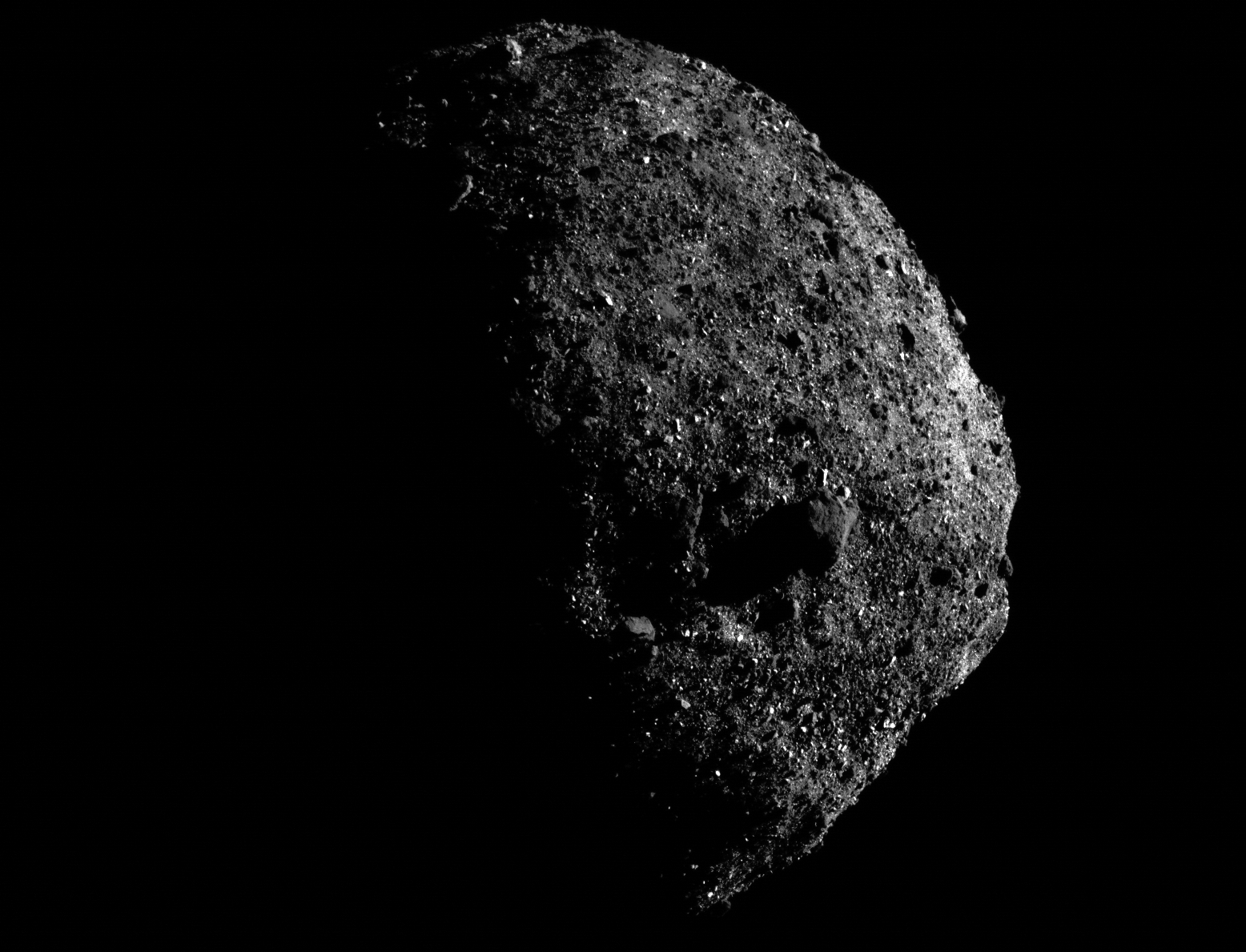
For example, the close approach to Earth of asteroid (99942) Apophis in 2029 will be a very rare event.

A colour-coded evaluation is provided indicating whether a given close approach can be considered as very frequent (in blue), frequent (in green), infrequent (in yellow), rare (in orange) or very rare (in red). The last column provides an assessment on how often one can expect an object of a given size to pass at a given distance and velocity from the Earth. Entries are by default sorted by date, but the sorting can be changed by clicking on the table headers. H (mag): Asteroid absolute magnitude (in general, smaller H implies larger asteroid diameter). For a detailed description see the " Definitions and Assumptions" page. Note that when the encounter occurs in daylight the maximum brightness value is incremented by 100 to highlight that the geometry is unfavourable for observations. NASAs Asteroid Watch dashboard tracks asteroids and comets that make. The following table presents the list of these forthcomingĪnd recent close approaches, with details concerning the encounter circumstances.Īmong the quantities in the table is the maximum brightness reached by the object at the close approach, useful to estimate its observability during the encounter. and Space Administration (NASA) shared list of asteroids that will make. The brightest meteors are known as fireballs, or bolides. Here is the list of Asteroids approaching our planet Earth on 26th October. Asteroids and Comets US Space Force Releases Decades of Bolide Data to NASA for Planetary Defense Studies ApThis photograph taken by an International Space Station astronaut shows a bright meteor from the Perseid meteor shower in Earth’s atmosphere. Every month dozens of NEAs come within 0.05 au of Earth. According to NASAs asteroid watch program, the closest one is the 17-meter-wide 2022 UU1, which will be passing our planet from a relatively close distance of 4.17 million kilometers.


 0 kommentar(er)
0 kommentar(er)
